sheeple
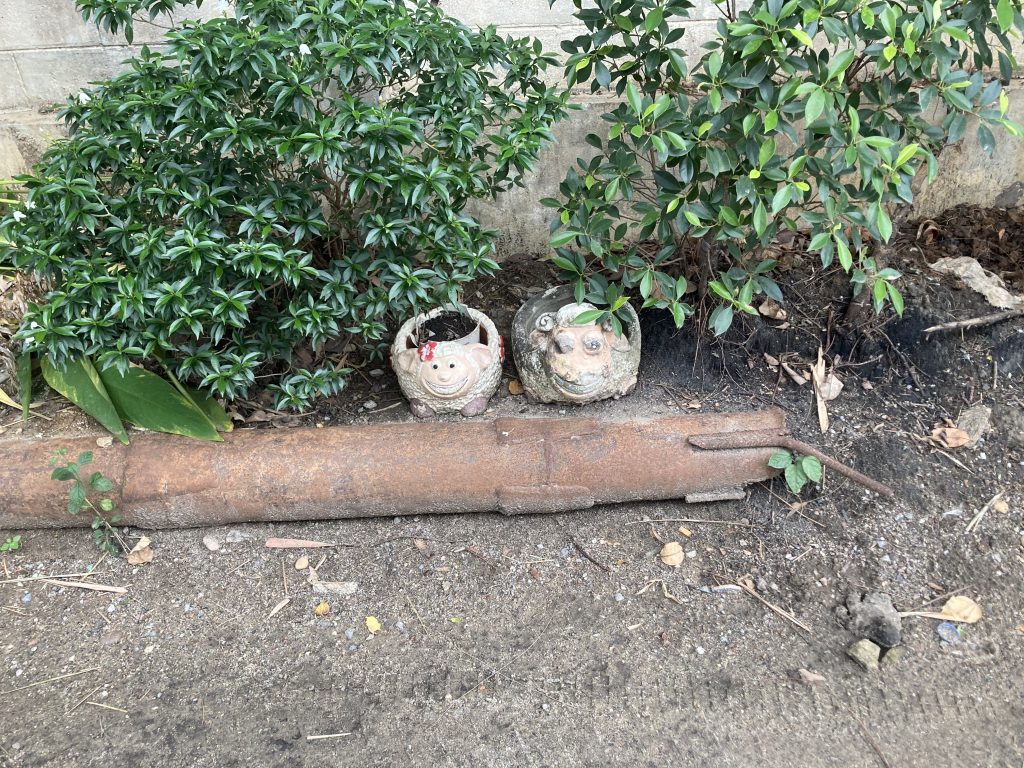

‘People talk a lot about ‘The Wet Heat’ in Cougar Valley, Washington, where geography, climate change, and the peculiarities of jet streams combine to make an oasis of sorts. The temperature in Cougar Valley hangs around 95 Fahrenheit for most of the year, dropping to a chilly 90 in the dead of winter. Humidity rarely drops into the eighties, making the valley something of a natural sauna. Some people travel there for its many spa resorts. Others live there.
‘Cougar Valley Rot’ is a condition unique to the area, one in which the skin becomes spongy and sloughs off like a molting snake. Its painless, apparently, but also quite deadly if left long enough. Treatment can only be performed in dry air, which tends to burn the raw flesh of victims. And pain is a powerful motivator. Some choose to succumb to the rot rather than face the dry world outside. Among residents of the valley, life expectancy sits around 60. Perhaps this is why the town’s motto, inscribed on its welcome signs, is surprisingly self-aware:
‘Pretty good, as a stopover.’’
“The wet heat gets into just about everything,” the man explains, gesturing apologetically to an old single-room camper attached to an even older car. I nod and he continues. “Fabric’s been stripped out wholesale. Most of the cushions, too. Cabinets are warped, a bit. Some don’t like to close. Others don’t like to open. Maybe once you drive it out of here the wood’ll sort itself out.”
“Wishful thinking,” I smile. I’m no great bargainer, but I know when I’m being sold optimism.
“True.” The man scratches his arm and draws four white gouges in his skin. The rot, I suppose. I noticed it in his face, as well. “But anything that’s rusted’s been replaced, I guarantee that much. The bones are good. Price is good too.”
The price is exceptionally good. “Why do all the work stripping and shining on the thing if you planned on selling it so cheap?”
“Meant to travel the country in her,” he says, “Seems unlikely, now. Least this way, she’ll see some road.”
I nod. “She’ll see some road.”
The man takes the bike for half the asking price. The rest I pay in cash. I hope he’ll put some of the money toward treatment. I hope he won’t ride the bike with the rot. Mostly, I put his concerns behind me and get out of ‘The Wet Heat’ before my clothes mildew. I know a woman in Oregon that can check the car and make the camper livable.
I’m tired of sleeping on the ground.
-traveler
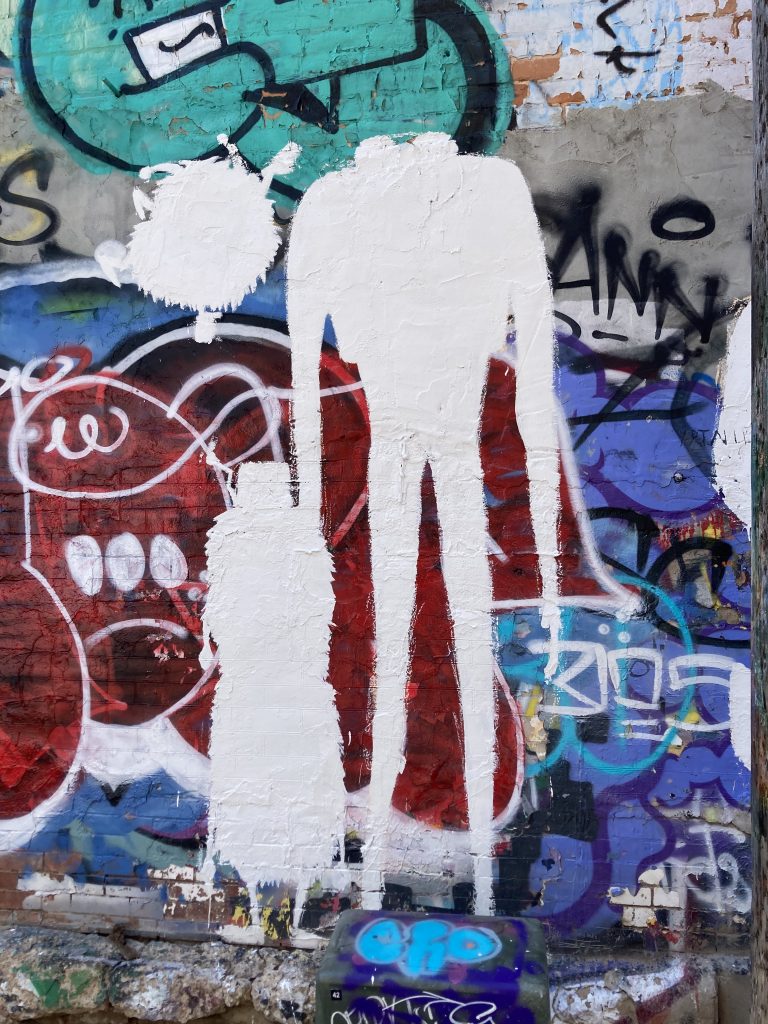
Hector thrives in the dark. Maybe it’s a rabbit thing. Maybe it’s a once-blind, now-sighted thing. Maybe it’s just Hector who, thankfully, doesn’t seem to mind the amount of time he spends in his kennel as we travel and who is more than willing to accompany me into ‘The Mine Mine,’ which is both dark and, in places, tight. It’s the people he’s skittish around and I’ve learned, myself, that this is a wise instinct. I avoid the light of other headlamps, keeping mine dark until the very last moment. Then, we begin to dig.
‘Part museum, part burial-mound, ‘The Mine Mine’ is the eclectic collection of an eccentric dead man. In the style of old pharaohs, he chose to be buried with his belongings and made good work of it himself, casting everything he grew tired of into a natural pit on his land. The pit is one of two entrances to a complicated cave system where these discarded possessions spread out over the years but were otherwise preserved. The second entrance was found long after the man had died and had been ceremoniously sealed in the pit. By then, much of the land was public and a ticketing system was established. This tenuous nicety is the only thing keeping the activities at ‘The Mine, Mine’ in the arena of ‘discovery’ rather than, say, ‘looting.’’
There are precious few rules at play in ‘The Mine Mine.’ A lot more in the way of personal liabilities. A blinking key chain on my belt loop should, theoretically, indicate my location in the caverns and send an alert if I’m down here too long. That way they can charge me for the overstay and, if I’m lucky, recognize if I’ve fallen into a pit or otherwise mangled myself past the point of self-evacuation.
The route I take isn’t very long, but it’s off-map and a little more treacherous than what the average family caravan is willing to risk for old canned food and cave-softened memorabilia from the man’s past. A narrow crevasse opens along the floor. I jump it, rather than trust the rickety bridge someone installed nearby. I’ve read that early Mine-miners set traps. This was before everyone realized that it was all mostly junk, down here.
Hector and I squeeze through a crack in the wall, one that I might not have been able to make even a year ago. I’ve been losing weight- enough that people sometimes comment on it in a less-than-complimentary way. In this instance, it means I make it into a chamber that is inaccessible, or at least, not worth the risk, to others. There is a skeleton on the floor, which is concerning, but not surprising. The sign outside said I might see things like that. I double check that it’s a Halloween decoration but I’m not medically knowledgeable and some combination of squeamishness and superstition keep me from turning it over.
I squeeze into the next chamber and feel my feet go out from under me. I tumble into a pit full of old toy boxes before I slide down into a new cavern some thirty feet down. There’s some panic. Some grappling for my light before realizing its still attached to my head, blocked by the paper stat-card for an old transformer. Hector slides down after me and starts to chew the garbage we brought down with us. I try to find my bearings and, instead, I find the body of the man in his tacky, bejeweled casket. Several of those jewels have been pried away by a crowbar hidden near the north wall.
This is not my first time in the chamber. Not my second. Every few years I have to lose the weight and shuffle around in the dark, waiting to fall through those boxes because I can never quite remember where the pit is and marking it would make the treasure that much more obvious.
I take six more jewels- enough for the next couple years if I’m careful. I don’t trust myself to take them all at once. With that much money, I could do anything.
But wouldn’t.
-traveler
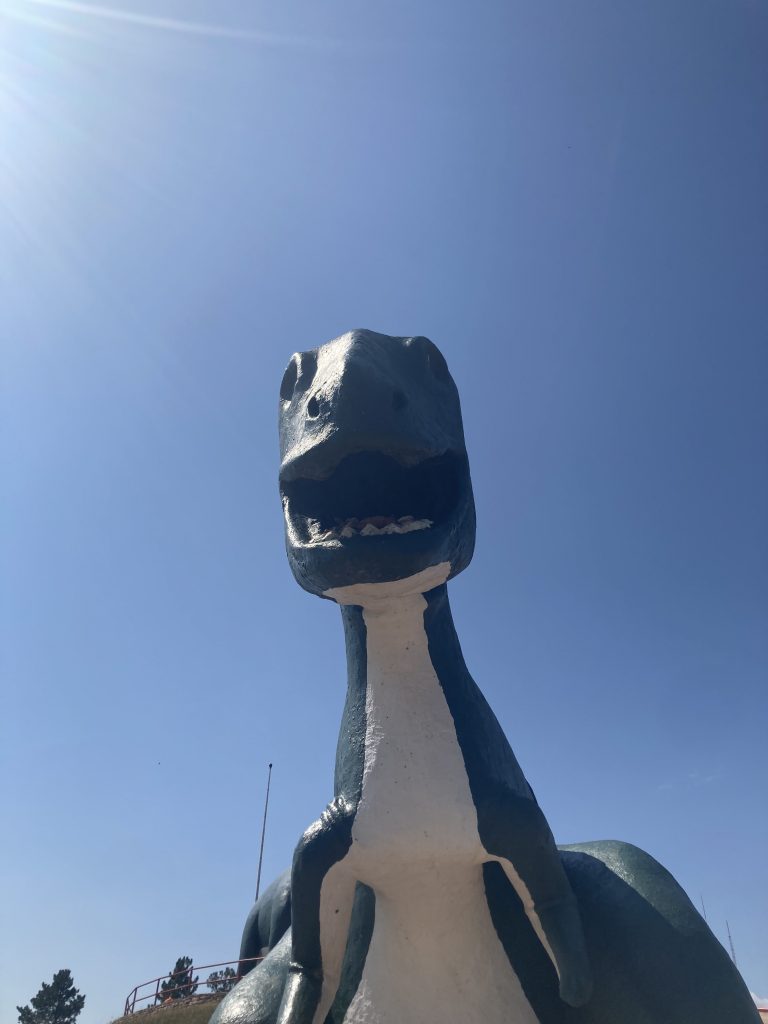
‘Twisted and fused, as though by some horrible heat, the bones in Wyoming’s ‘Werewolf Fossil Beds’ are probably anything but lycanthropic. Perhaps a group of ancient men were out walking dogs when a volcano erupted. Perhaps a freak acidic geyser ended a pursuit of villagers by wolves. Perhaps the remains are an example of surreal art from some bygone age.
These are examples taken directly from signage posted at the site, which tends to champion any theory but the werewolf one. In doing so, the site has inadvertently unified werewolf-believers in their assumptions about the bones. The gift shop sells no wolf gear, a need that local entrepreneurs are more than happy to fill. Every gas station in a 50-mile radius of ‘Werewolf Fossil Beds’ sells monster plushies, and every diner serves werewolf steaks.’
A man is becoming a werewolf at the fossil beds when I arrive. It’s a fairly torturous process. And long. He stops to grunt out that he’s “about halfway there” when Hector sniffs his face. He suggests, between breaths, that when the transformation is complete, neither Hector nor I should be in the vicinity.
“I don’t know what I’ll be capable of,” he explains.
If the man weren’t coherent enough to explain, I would have assumed that the transformation was a seizure, maybe. A very pinched nerve. He’s grown no excess hair. His fingernails, hardly claws, are bitten down to the skin. In his favor, his shirt is torn in the style of Hollywood werewolf transformations and some of the sounds he’s making are borderline animalistic.
The trouble is that the man’s transformation is taking place right in front of the only informational sign available at ‘Werewolf Fossil Beds.’ It’s awkward to lean over him. Awkward physically, for me, because I’m either top-heavy with a rabbit in my hands or struggling to keep Hector away from the were-man with one foot. It’s awkward for the transforming man too, I can tell. He’s polite enough not to say anything, but his anguished spasms are less involved when I’m too close, like he’s afraid he’ll hit me as the muscles of his shoulders jerk and roll. He whimpers a few times, some primal were-cub entering the subconscious, I assume. Finally, I come to a solution.
“Could I just, uh, drag you a few feet to the left.”
“It might be dangerous,” he warns, but by then I’ve already got him by the pant legs and all his symptoms seem to move above the waist.
He wriggles and claws at the floor. He nips half-heartedly at my shoes. After a few seconds I’ve got him far enough away that we can both go about our business peaceably.
I leave before the transformation is complete.
People do strange things we they believe as hard as that man does.
-traveler
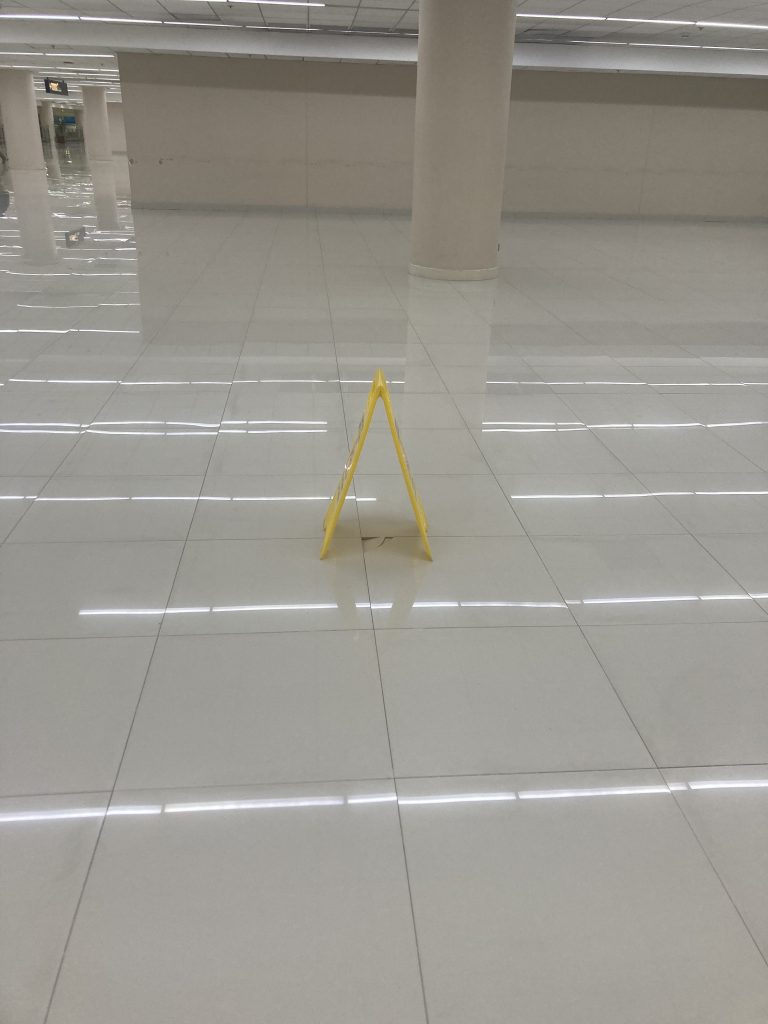
‘The Wayside is, at times, more a matter of perspective than a true, physical place. A prime example is ‘The International Travel Experience,’ which was too popular to qualify for a Wayside designation in its heyday, the 1950s, and remained a little too popular well into the new millennium- a case of nostalgia blinding its audience to certain red flags. ‘The International Travel Experience’ was something of a museum on wheels, allowing the working-class family to ‘tour the world in ten minutes or less’ by presenting room-sized mock-ups of famous destinations and sprinkling them with crude, robotic caricatures to serve as guides.
Now defunct, ‘The International Travel Experience’ rots like a corpse off the interstate, drawing gross sympathy from apologists and rightful scorn from those travelers who strive for a kinder roadside. Violence can be expected, here. The soul of the thing is not yet extinguished.’
-an excerpt, Autumn by the Wayside
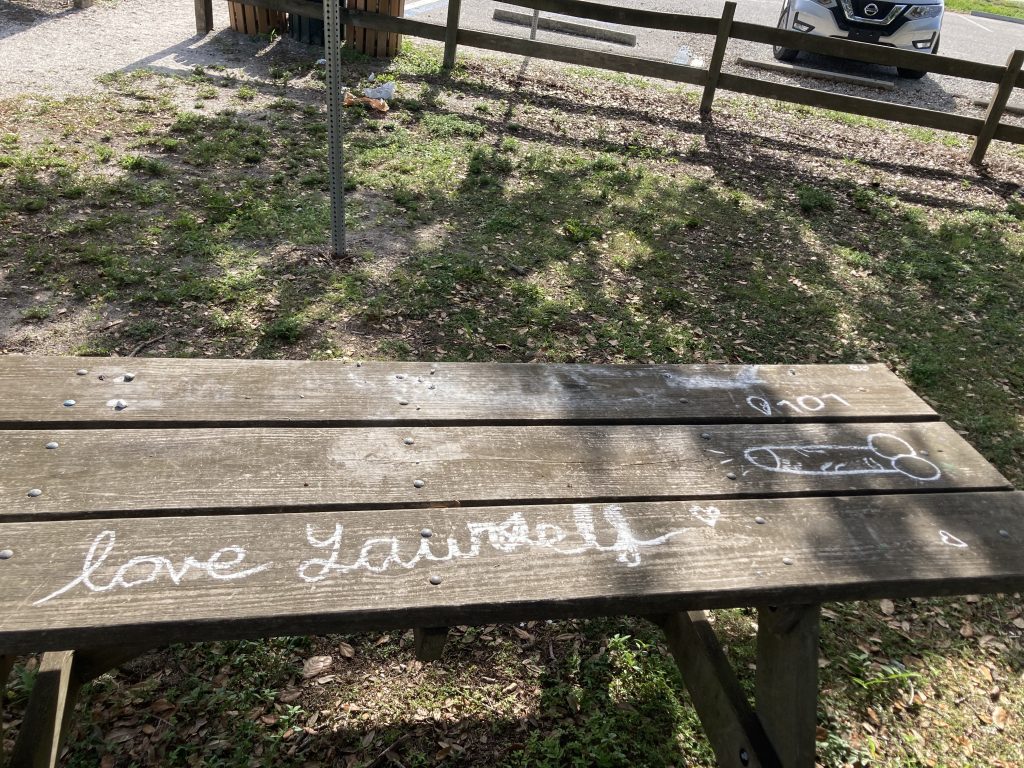
© 2024 · Dylan Bach // Sun Logo - Jessica Hayworth